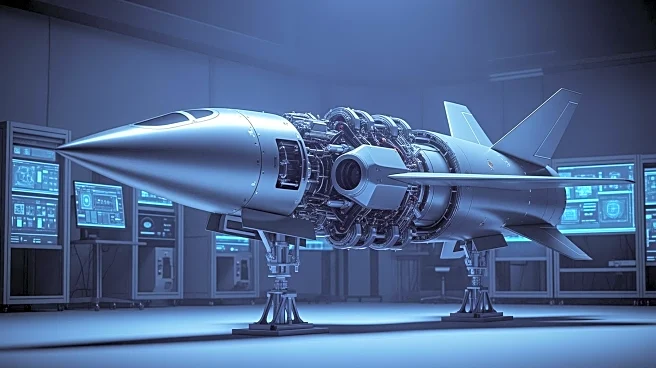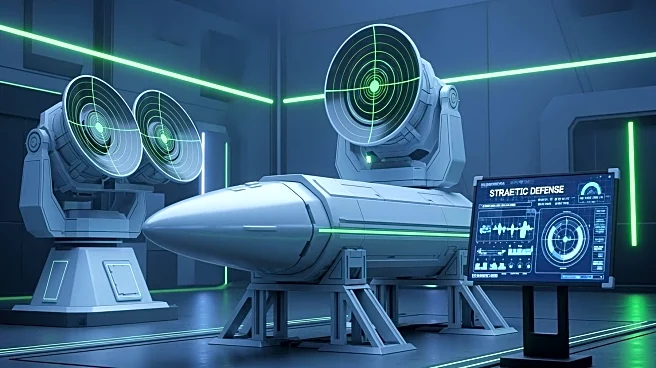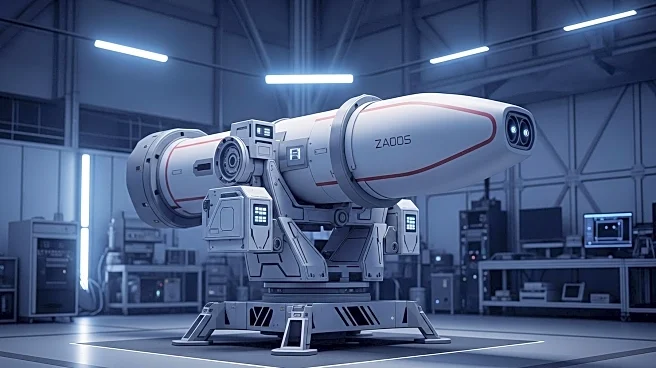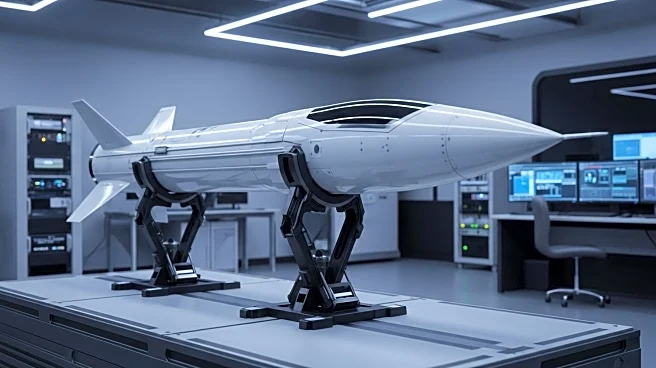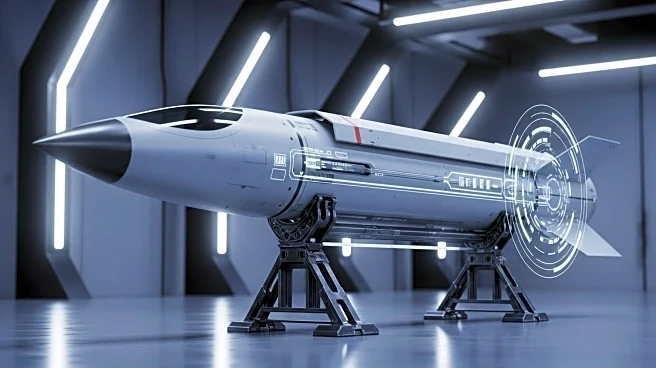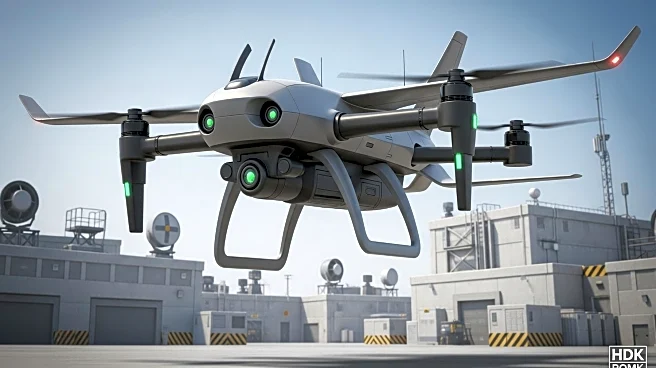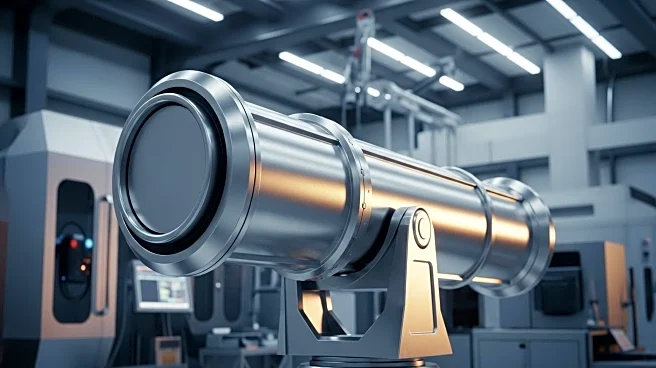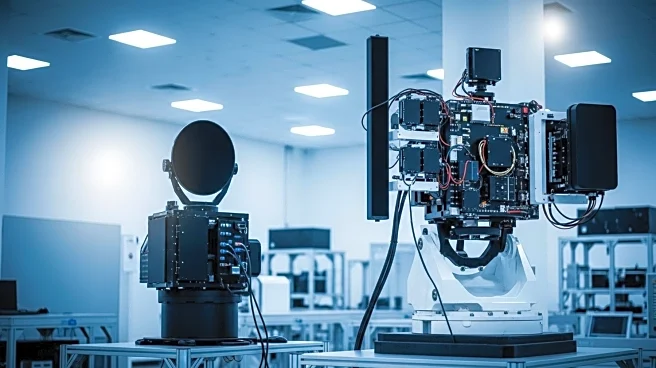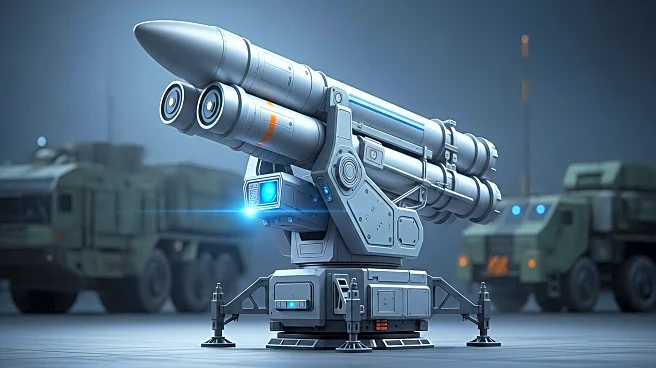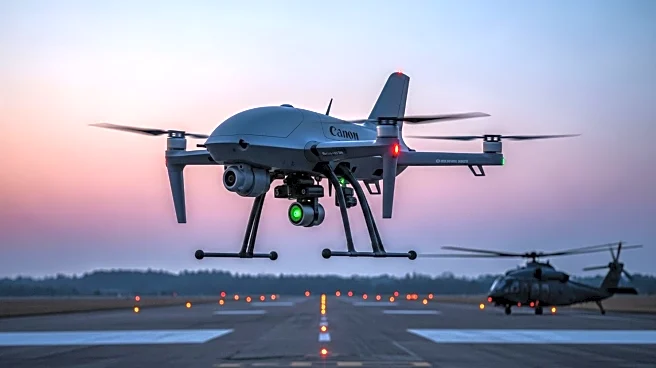What's Happening?
Lockheed Martin has been awarded an other transaction authority (OTA) by the US Army to prototype a second interceptor for the Indirect Fire Protection Capability Increment 2 (IFPC Inc 2). This contract
aims to develop a solution that bridges the gap between short-range air-defense systems and the Patriot air and missile defense system. The original interceptor selected for IFPC Inc 2 is Raytheon's AIM-9X Sidewinder, but the Army sought a weapon more suited for subsonic and supersonic cruise missiles. Lockheed Martin will provide its missile technology for a 10-month trade study phase, collaborating with AV, a merger of AeroVironment and BlueHalo, which offers expertise from its Freedom Eagle missile technology.
Why It's Important?
The award of this contract to Lockheed Martin is significant as it addresses the need for enhanced missile defense capabilities against evolving threats. By developing a second interceptor, the US Army aims to strengthen its defense systems, ensuring better protection against cruise missiles. This development could have implications for defense contractors and the military-industrial complex, potentially leading to further investments and advancements in missile technology. The collaboration between Lockheed Martin and AV highlights the importance of partnerships in achieving technological advancements in defense.
What's Next?
Lockheed Martin will engage in a 10-month trade study phase to develop the second interceptor prototype. The outcome of this phase could lead to further contracts and development opportunities for Lockheed Martin and its partners. Boeing and Rafael have expressed interest in similar contracts, indicating potential future competition and collaboration in the defense sector. The US Army's decision to pursue this second interceptor reflects ongoing efforts to enhance national security and defense capabilities.
Beyond the Headlines
The development of advanced missile defense systems raises ethical and strategic considerations, including the balance between national security and global arms proliferation. As defense technologies evolve, there is a need to address potential geopolitical tensions and the impact on international relations. The collaboration between US companies and international partners like AeroVironment and BlueHalo underscores the global nature of defense innovation.
